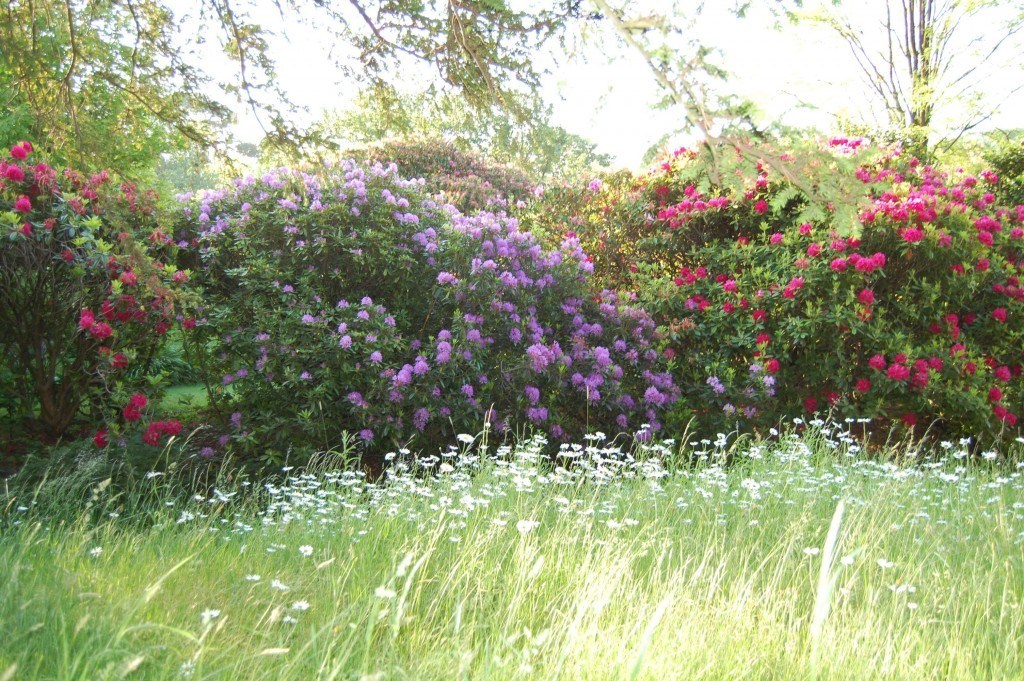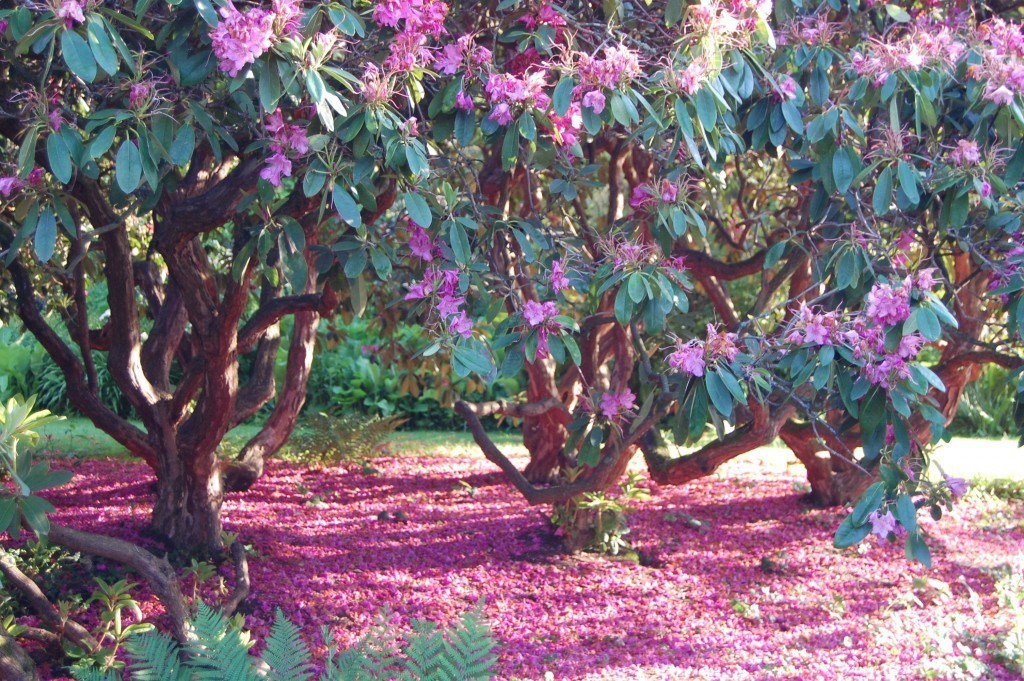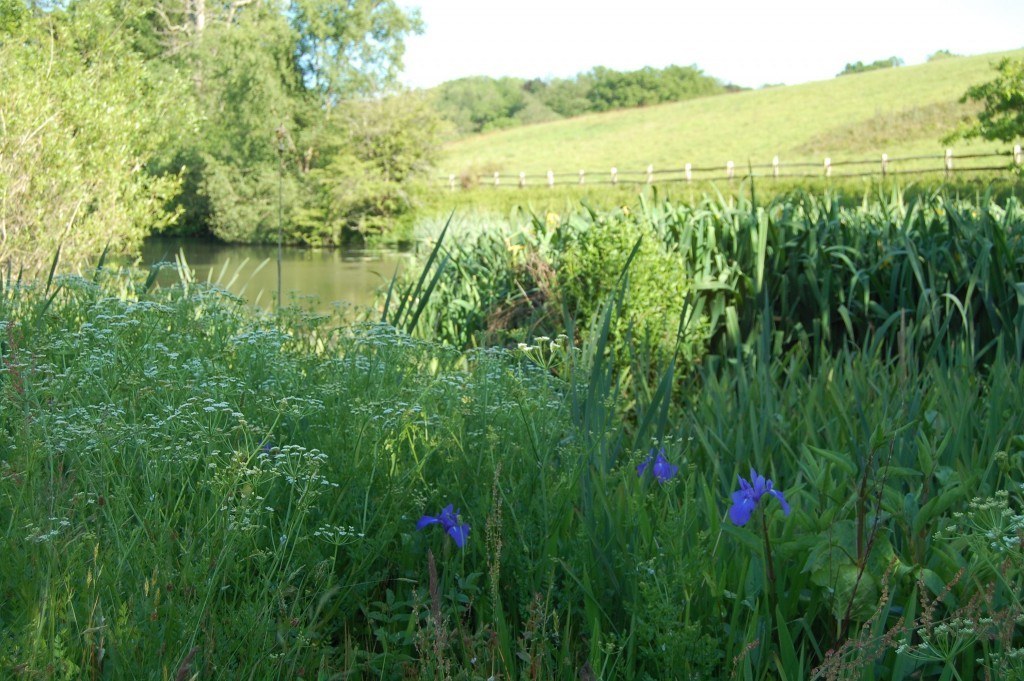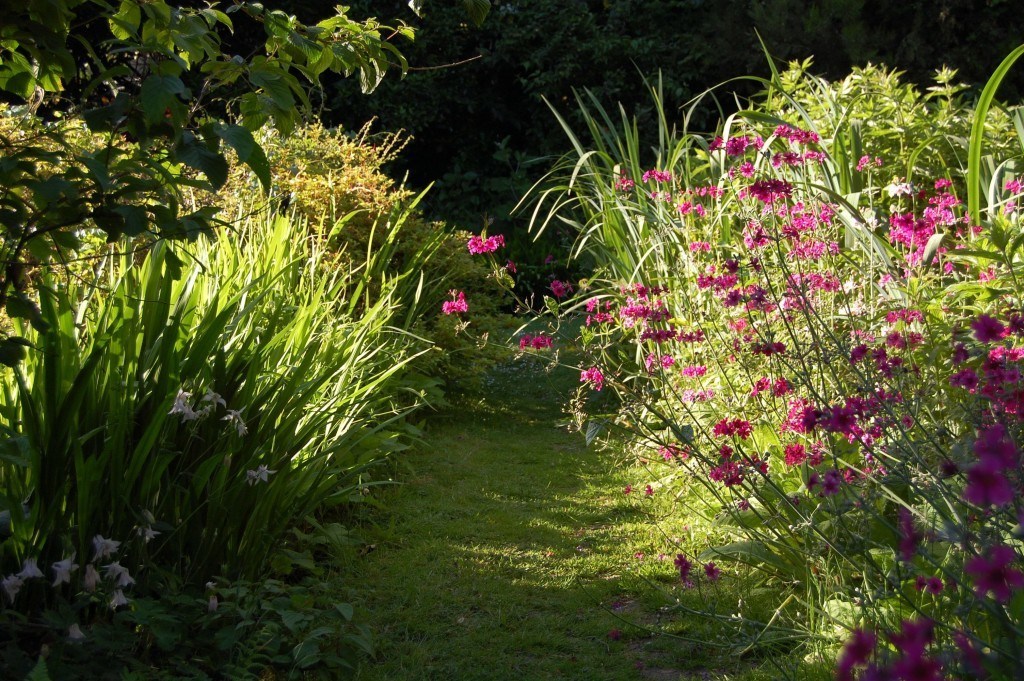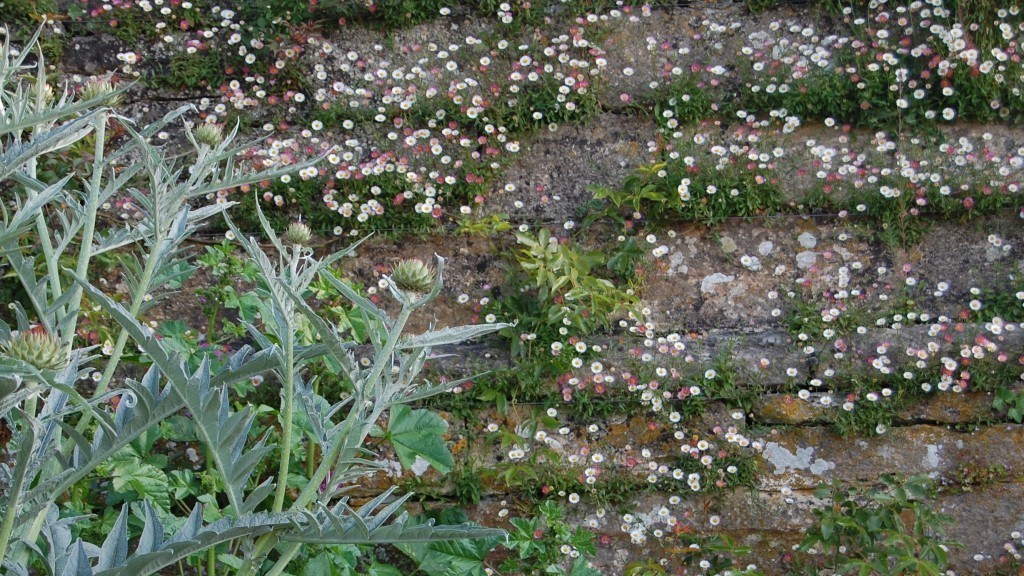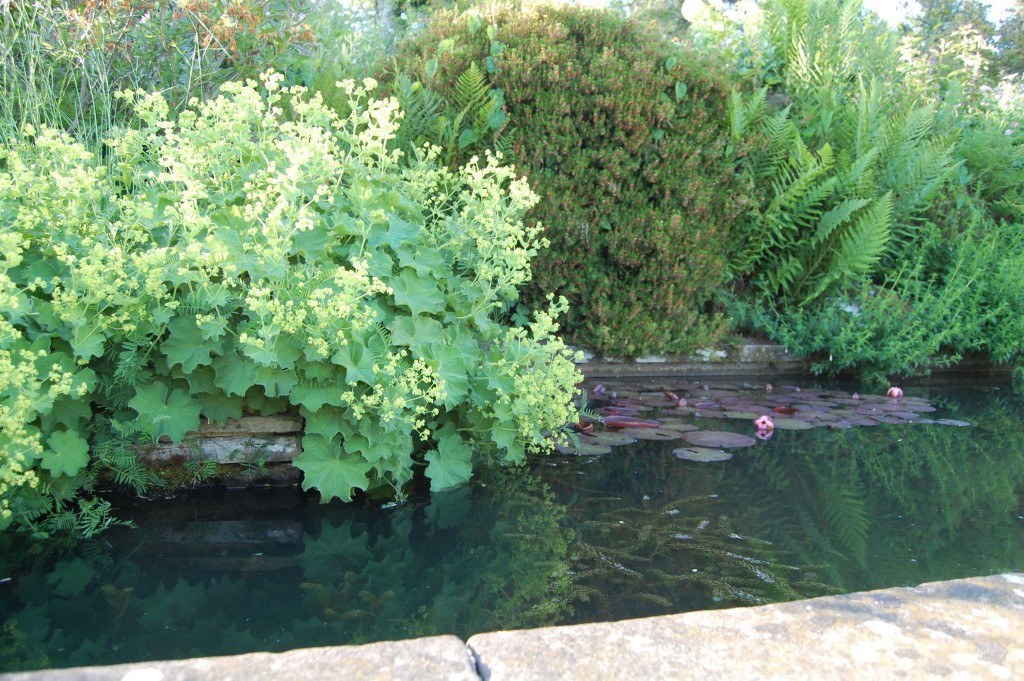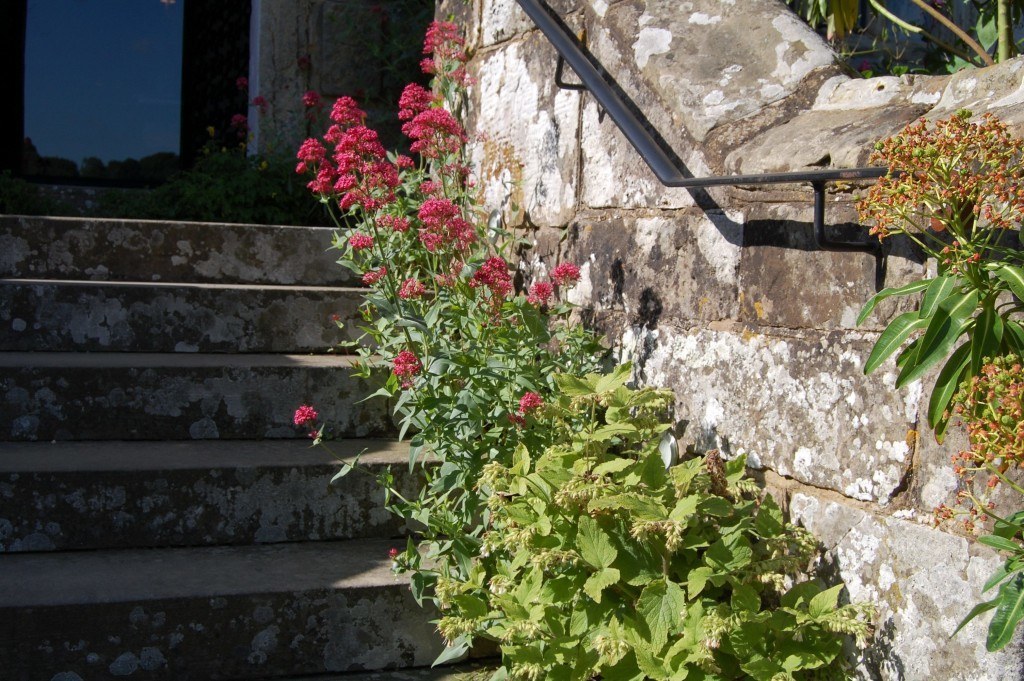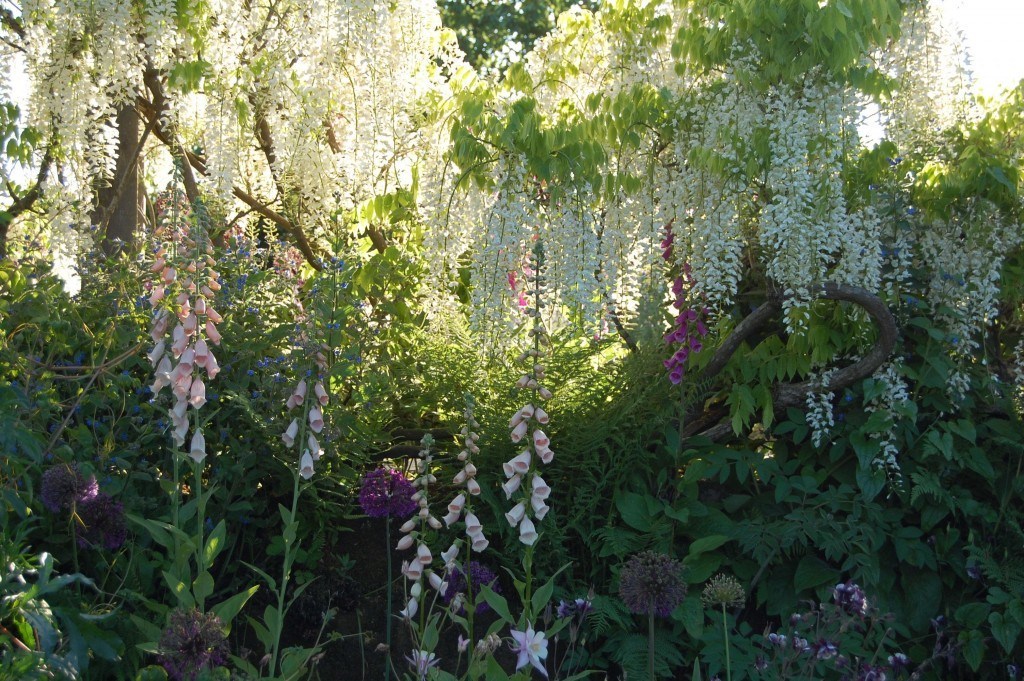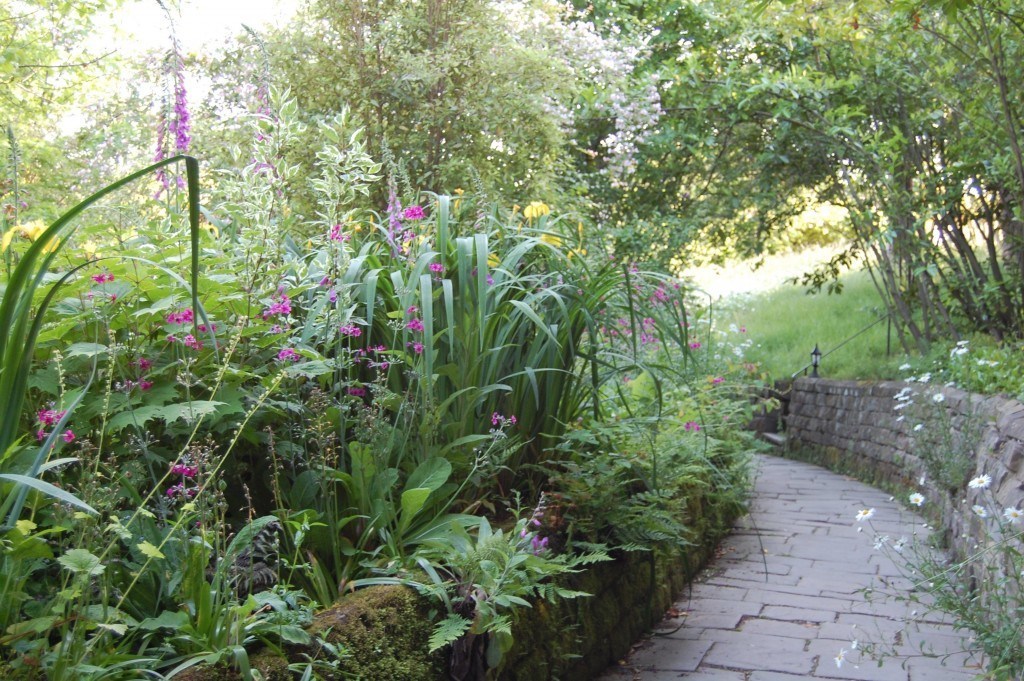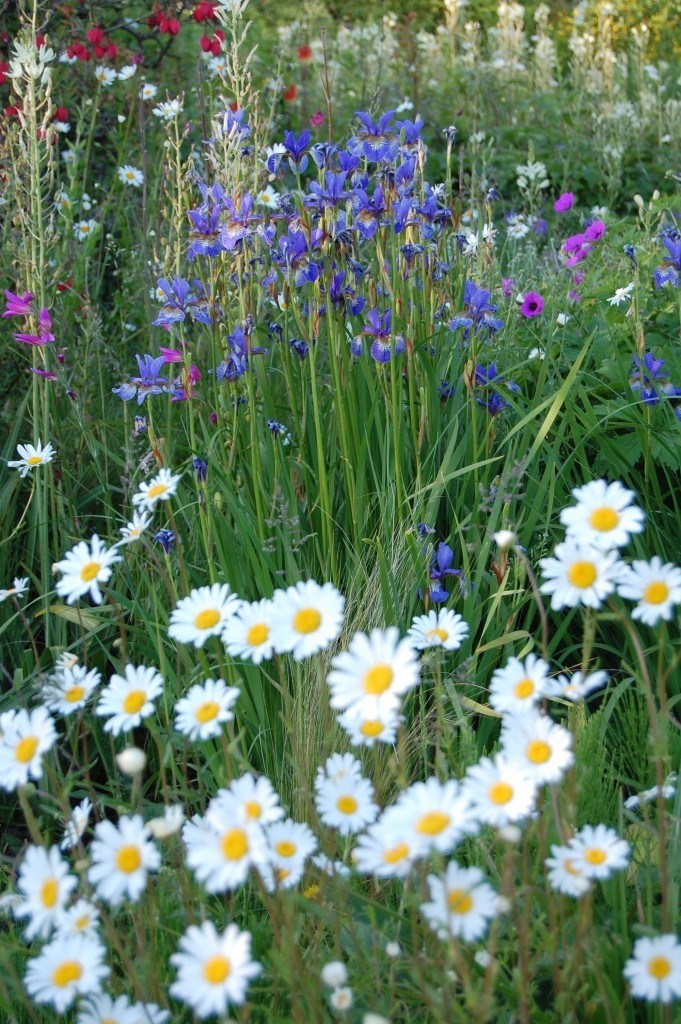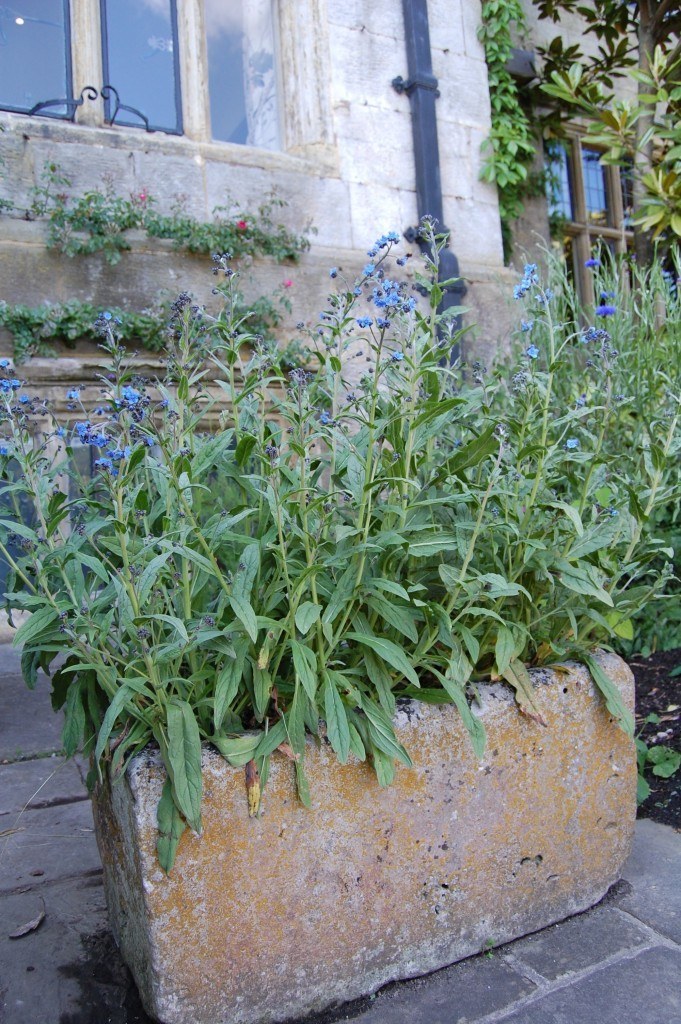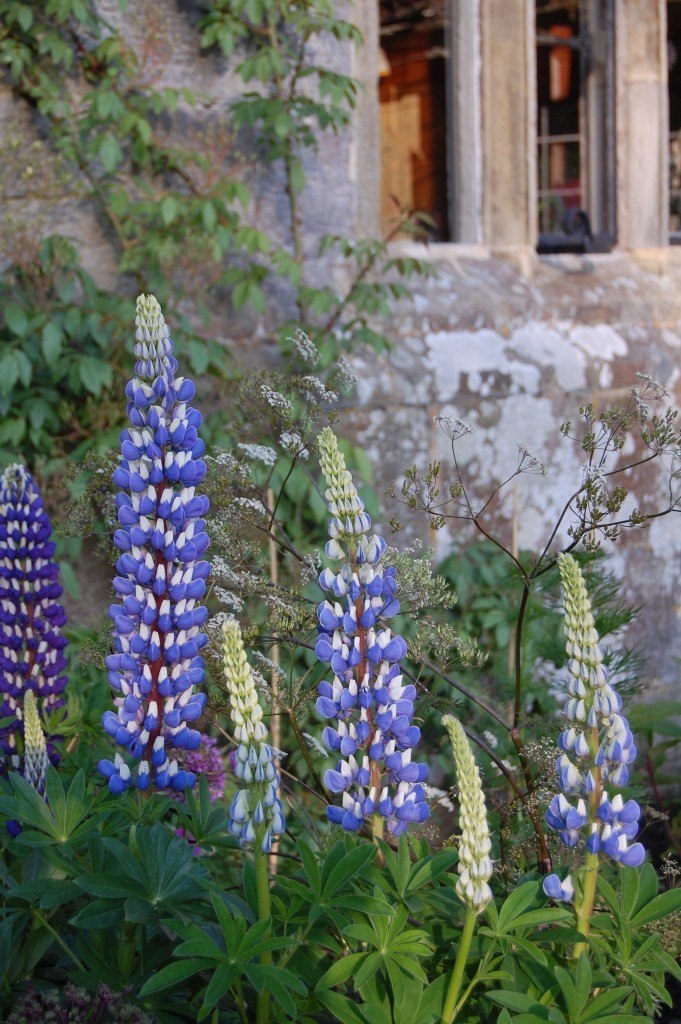THE LAST OF THE GREAT ENGLISH KITCHEN GARDENS
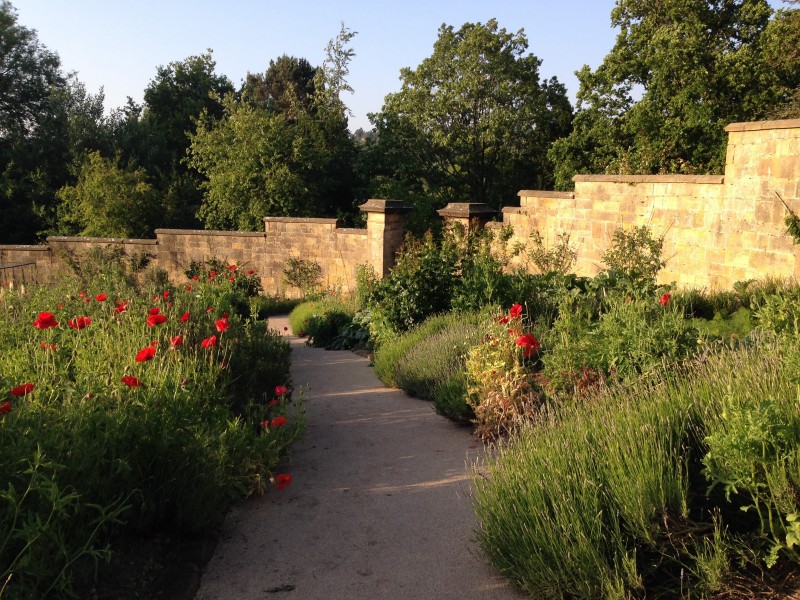
In a prior post, I wrote about the great William Robinson’s creation of the gardens of Gravetye Manor, a 16th century manor house sitting on over a thousand acres in West Sussex, England. Will Ingwerson, a neighbor and owner of a nursery on adjacent land, summed up Robinson well in an introduction to Robinson’s tome Gravetye Manor or Twenty Years’ Work Round an Old Manor House: “During his long and eventful life, Robinson was at odds with many established horticultural conventions and preached his own Gospel of Gardening. . . . He did not suffer fools gladly, and made enemies — but what revolutionary with ideas ahead of his time does not? . . . Our gardens of today owe a great debt to William Robinson.”
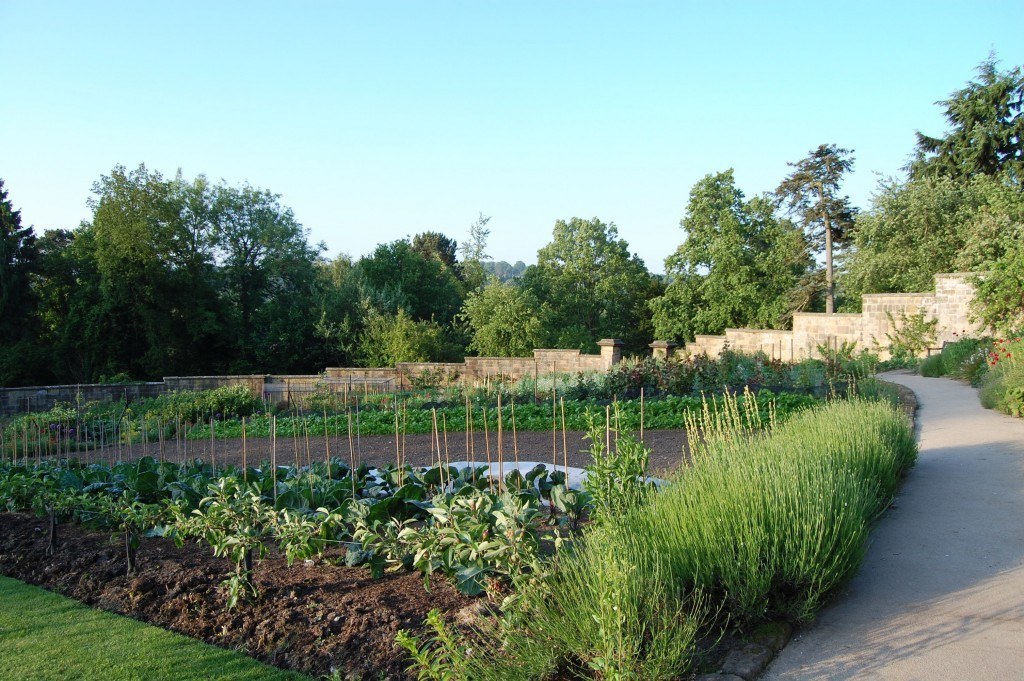
The kitchen garden, one of the last great kitchen gardens in the English countryside, was so spectacular that I felt it needed its own blog post.
When Robinson began building his gardens in 1885, he immediately dismissed the present location of the kitchen garden. “Determined to do away with the old kitchen garden, which was right against the house and had a poor effect,” he wrote in Gravetye Manor, p.1. Robinson had the walls torn down and began an orchard in its place.
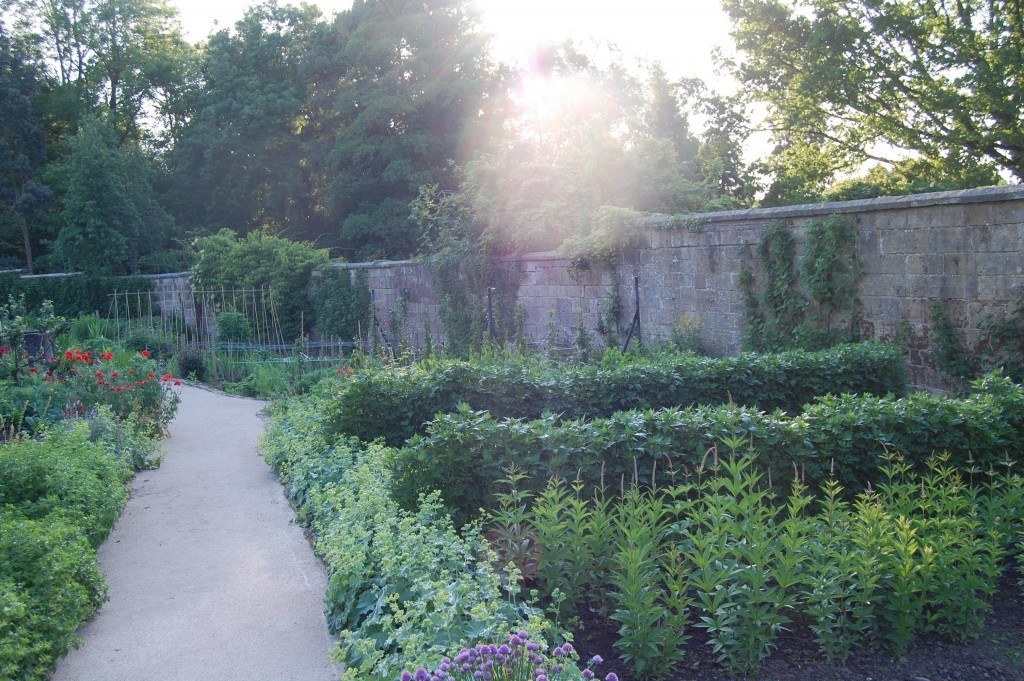
In 1898, Robinson turned his attention to a new kitchen garden. Ingersoll wrote, “true to his early days in horticulture he created, above the house, a mighty circular walled garden for fruits and vegetables. It was completed in 1900 and was a major engineering feat, being laid on sloping ground facing south.” Gravetye Manor, p. xiv.
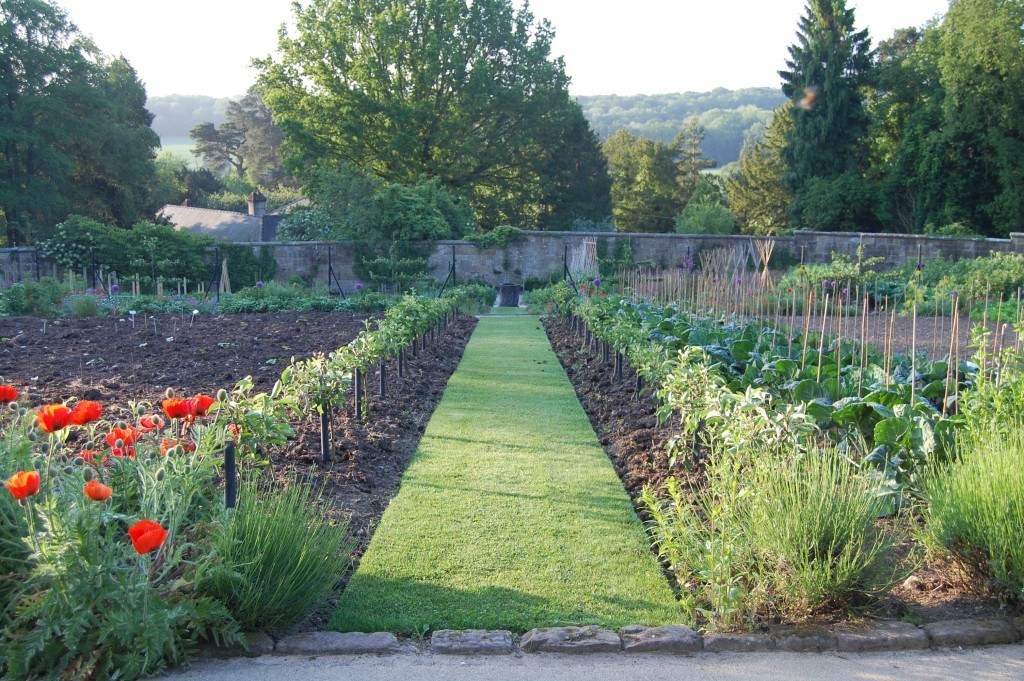
Robinson wrote, “Commenced to build in early Summer a stone wall round new kitchen garden, chosen after much and long thought as to the site. For various reasons chose the open hill above the House (where the spring that supplies House arises) as the best, and indeed only good, site near the House for the kitchen garden.” Gravetye Manor, p.108.
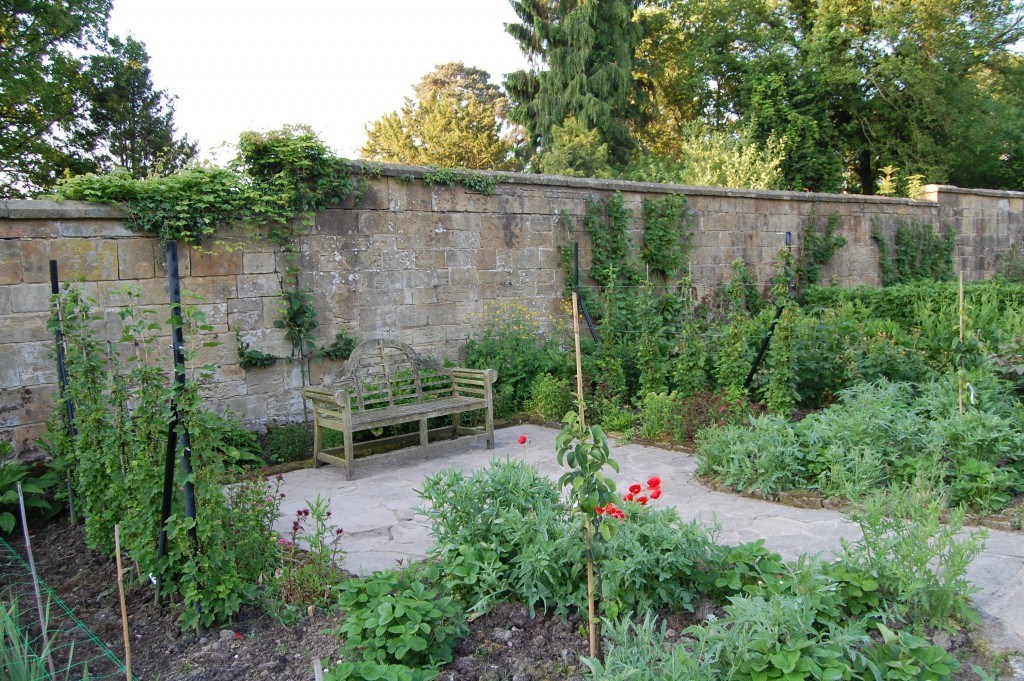
Robinson used sandstone, quarried on his own estate, to build the 12 foot high walls that enclosed one and a half acres for the garden. As Francine Raymond wrote for The Telegraph, the garden was angled to catch the light and the sun’s warmth, and to take advantage of the shelter the walls provided (click on Raymond’s article for an aerial photograph of the garden to fully appreciate its layout).
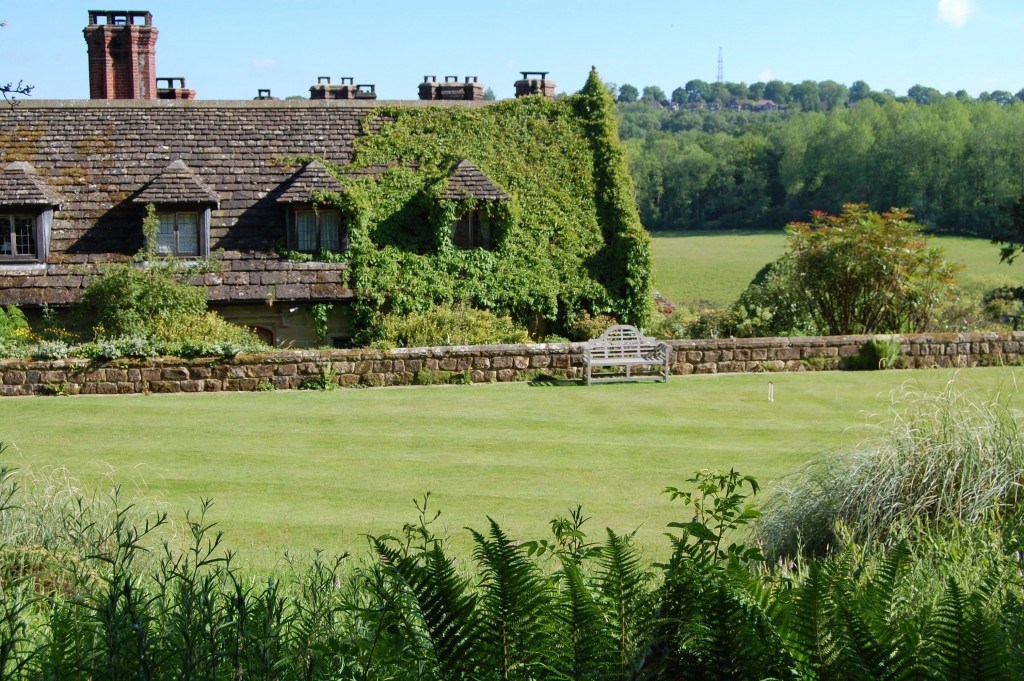
Robinson’s garden design provides rewards for the garden stroller every step from the house to the kitchen garden. After passing through the formal gardens, up the stone steps, and across the croquet lawn (above), a dramatic iron gate with stone columns beckons up yet another incline (below) — this time through one of his “wild” woodland gardens.
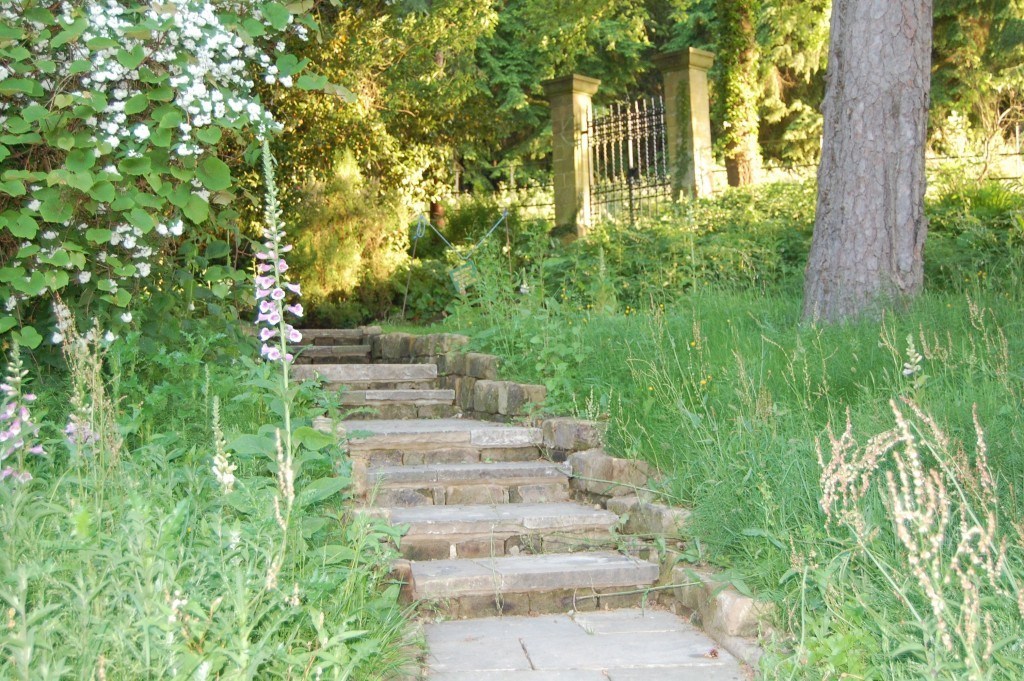
Just outside the kitchen garden gates is a rose-covered shed that, on the day I visited, was just about to burst into blooms (below).
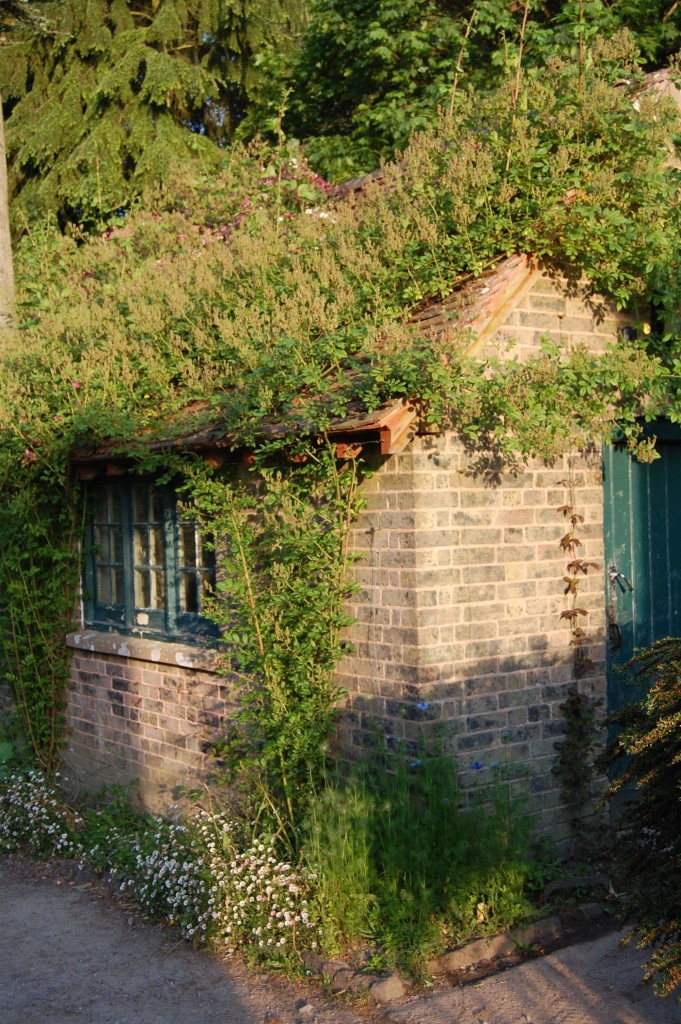
The sun rises early in England in June. Dying to walk the grounds at sunrise, I dragged myself out there at 5 am, too late to catch the crack of dawn, but close enough. When I stepped through the heavy iron gates into the kitchen garden, I was blown away.
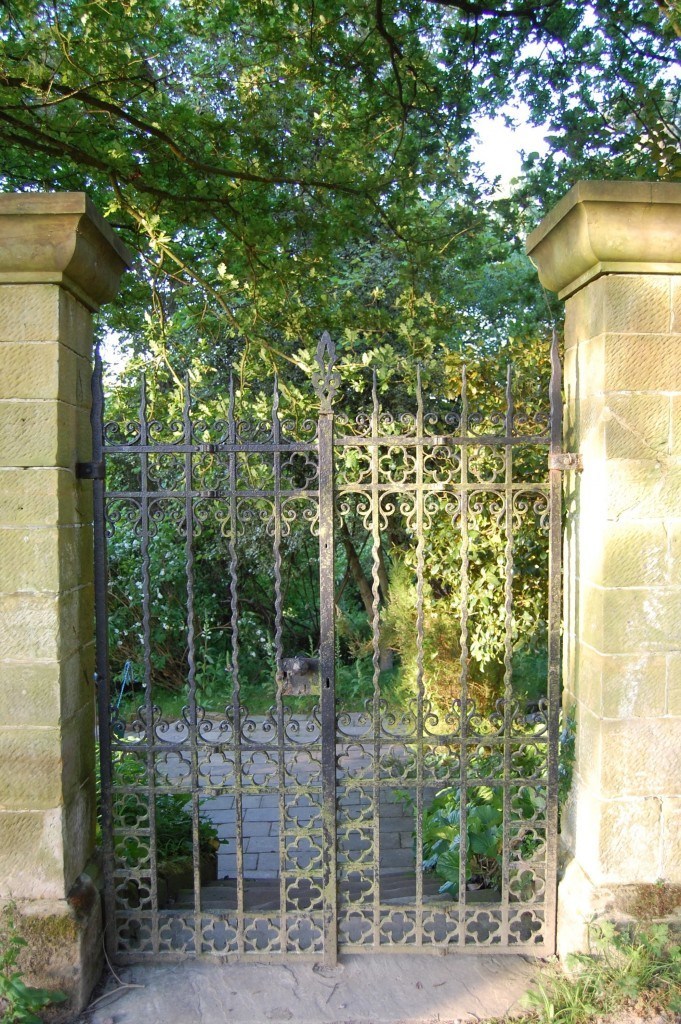
Head gardener Tom Coward’s horticultural expertise and willingness to innovate are evident everywhere in the kitchen garden. Ninety-five percent of the fruits and vegetables served at Gravetye are grown there.
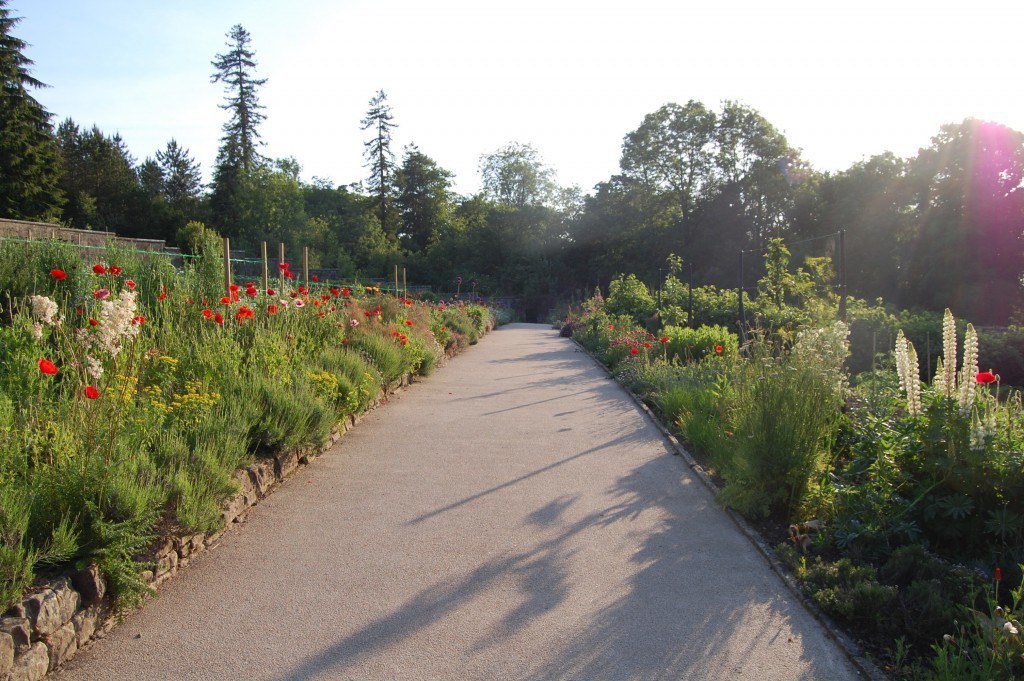
Upon stepping through the quatrefoil iron gates, a wide center path runs east-west down the center of the garden, and is intersected in the center by a similarly wide path running north to south. Another path circles the garden, bisecting the rows of vegetables, herbs, fruits and flowers.
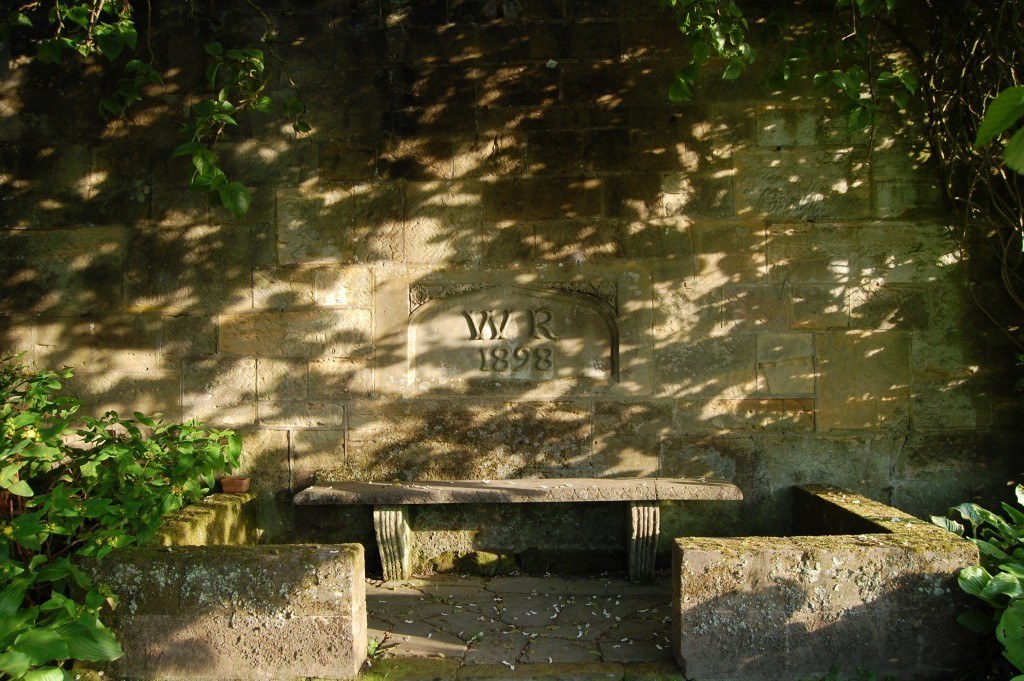
At the north terminus is a lovely stone bench and etching paying homage to Robinson, and signifying the year the workmen began to build the garden’s sandstone walls (above).
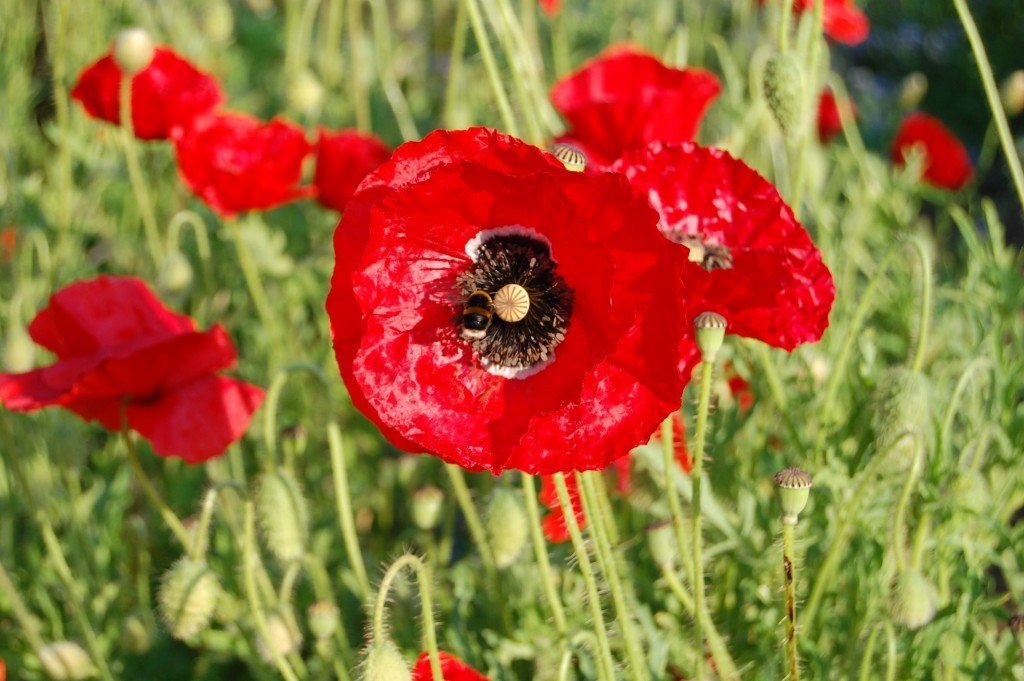
Flowers abound in the kitchen garden. They serve the dual purpose of providing cuttings for arrangements throughout the house (below) and a pollination source to ensure continued productivity (above).
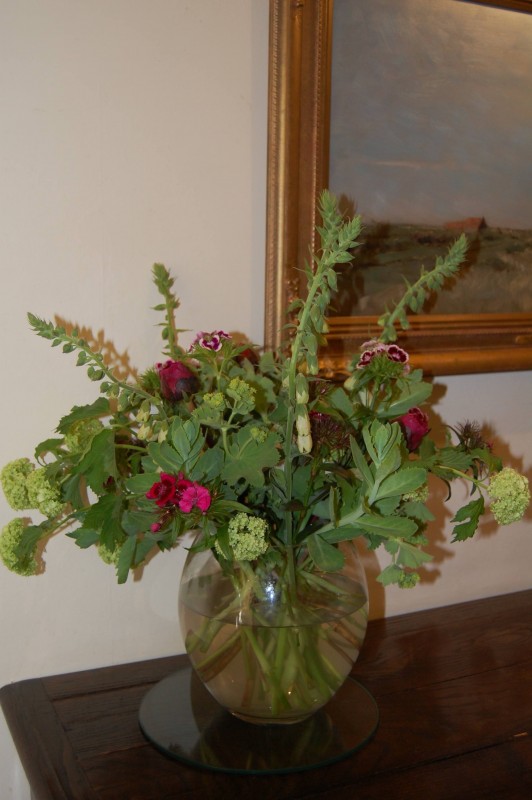
According to Raymond, the gardeners moves the bantam hens around the beds, so that they can fertilize and scarify. Of course, they also provide eggs for the kitchen.
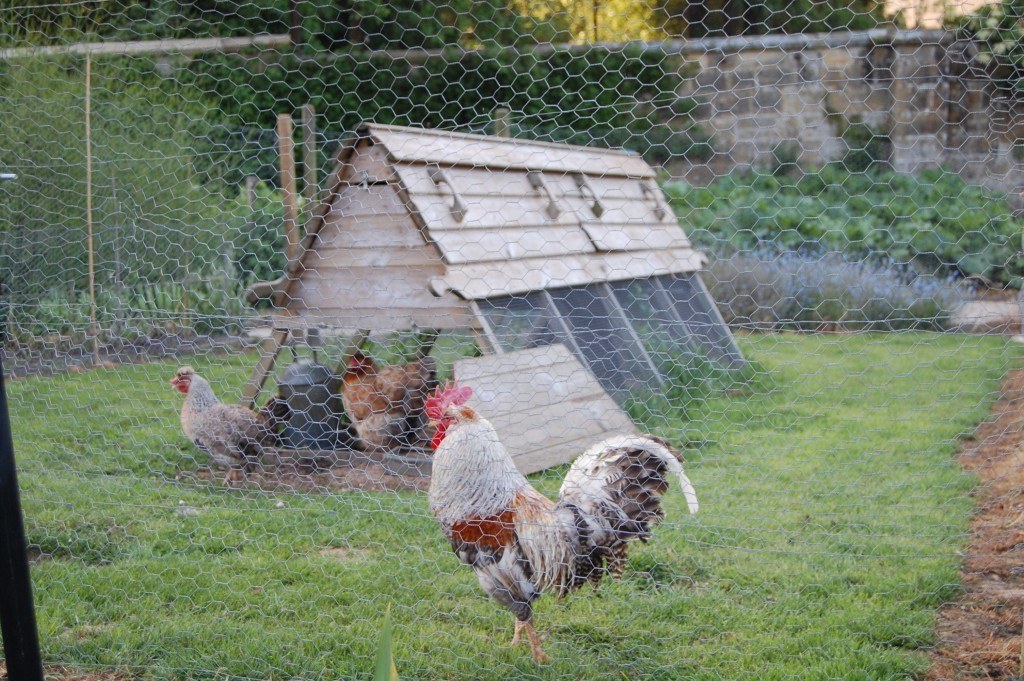
Since I visited in June, Gravetye Manor’s restaurant was awarded its first Michelin Star. Chef George Blogg’s close working relationship with Coward is crucial to the success of the manor’s kitchen. According to Raymond, the men “get together with the seed catalogues over a pre-Christmas drink and decide quantities and varieties, and then place their order”, always experimenting with new varieties. Coward keeps a “cropping diary so the kitchen knows what’s available for the menus, and the chef visits the garden every day.”
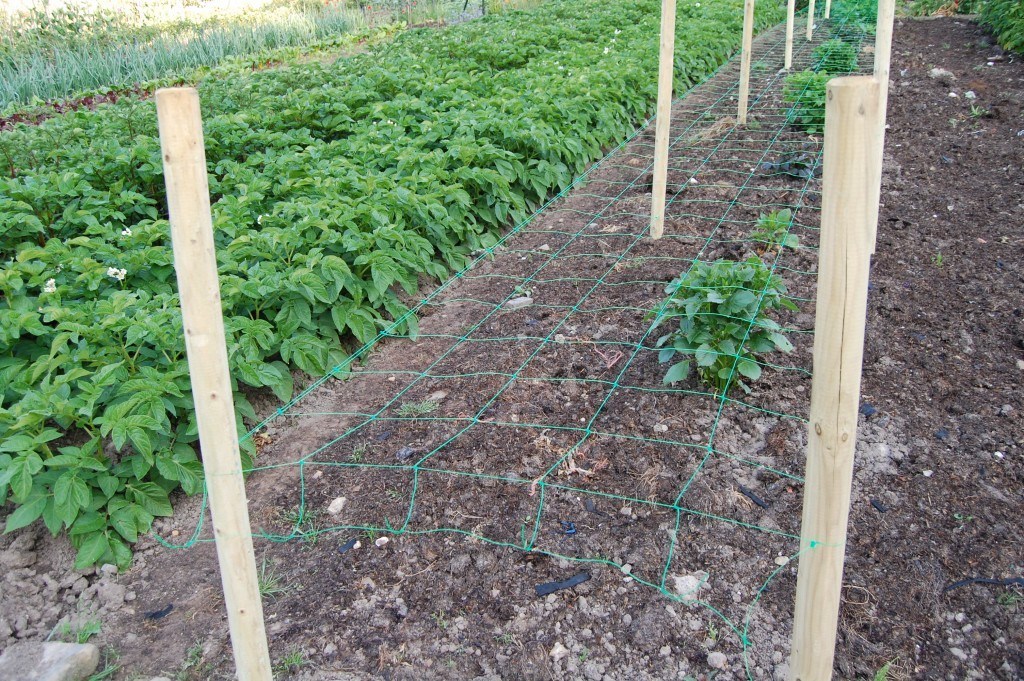
I filed away (for the veggie garden I will try to bring back to life this year) this effective method of plant spacing.
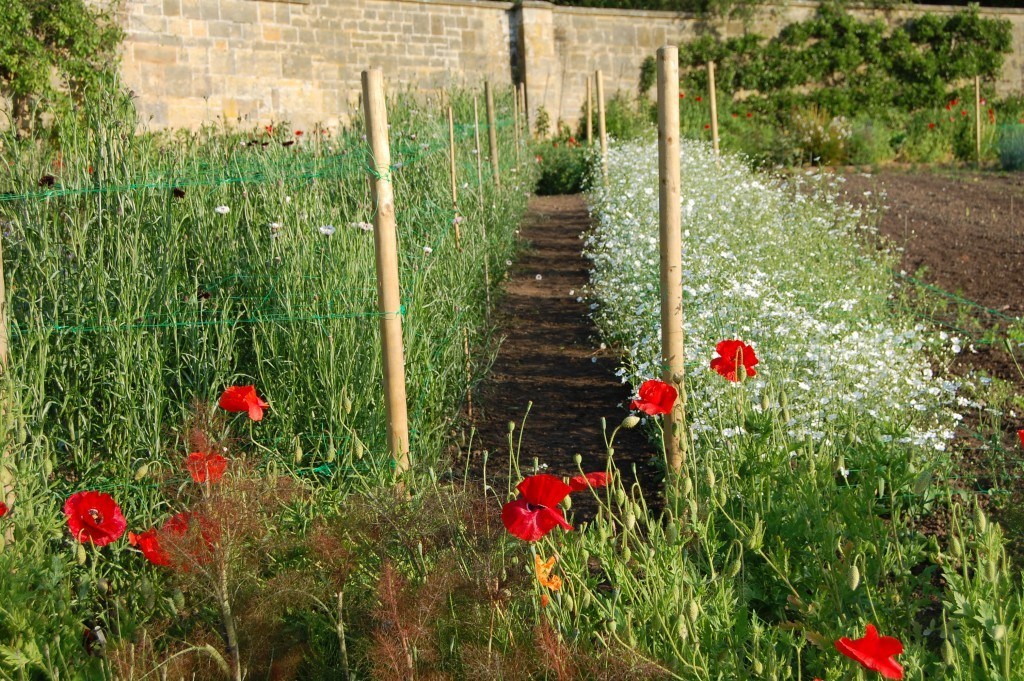
Raymond noted in her article that Coward uses homemade potting compost made from local horse manure, “green manure from the plot and debris from the henhouse. The mixture is turned three times with a tractor.”
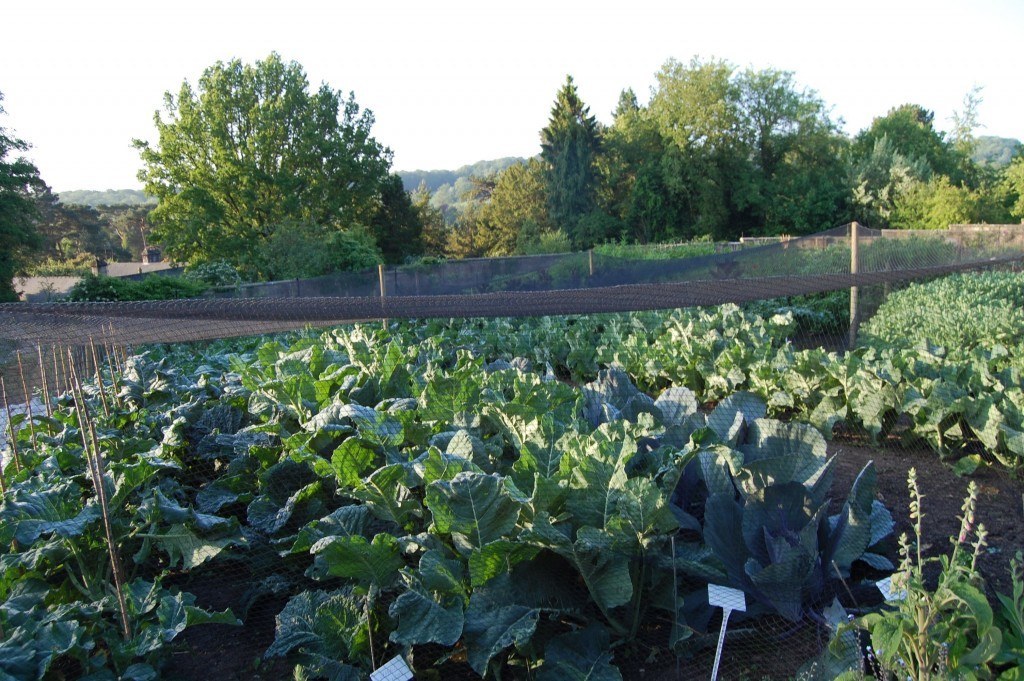
I enlisted the help of my good friend Clare Shapiro— Richmond’s resident foodie expert — to identify some of the plants grown in Gravetye’s kitchen garden. Clare generously took the time from her crazy schedule writing her column, filming her show and working on her upcoming book to help me out. She used it as a time-honored gardener’s excuse to sit down by a cozy fire and lose herself in old gardening books — in this case, her mother’s old English gardening books.
Clare thinks the leafy vegetable above is purple sprouting broccoli. This may be post-harvest of the stalks, as the PSB (as it’s called by the Brits) peak harvest ends in May. I had never heard of PSB before, so Clare steered me toward an article by one of her favorite British food writers, Hugh Fearnley-Whittingstall, who wrote about it for the Guardian.
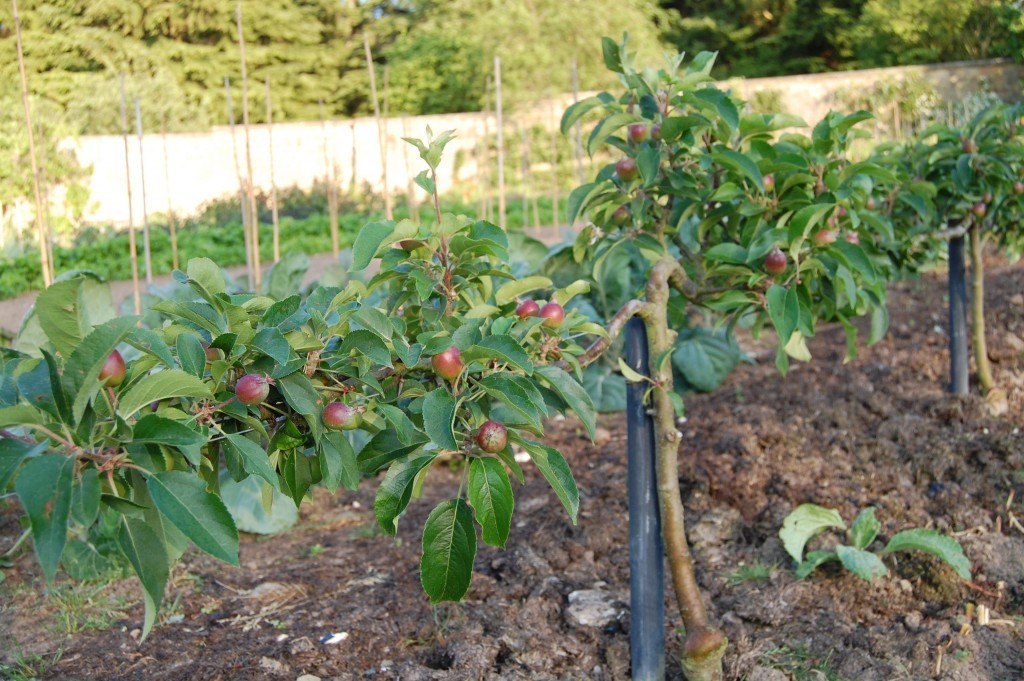
Gooseberries (Ribes genus) (above). I thought they were young apples or pears!
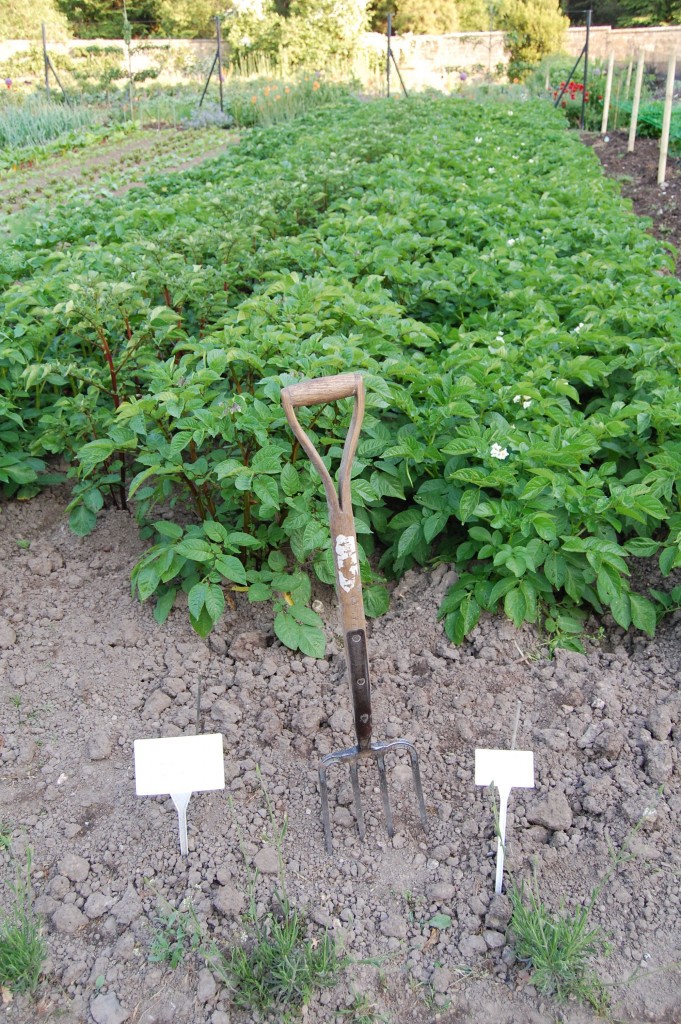
Young raspberry plants (Rubus, genus) (above)
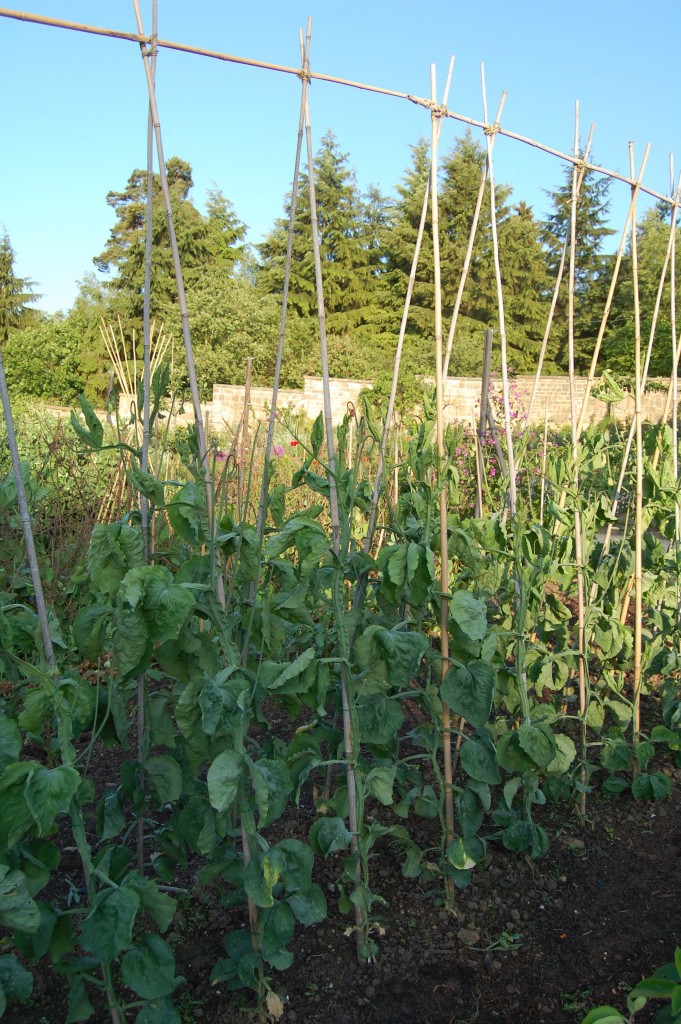
Red-flowering Runner Beans (above).
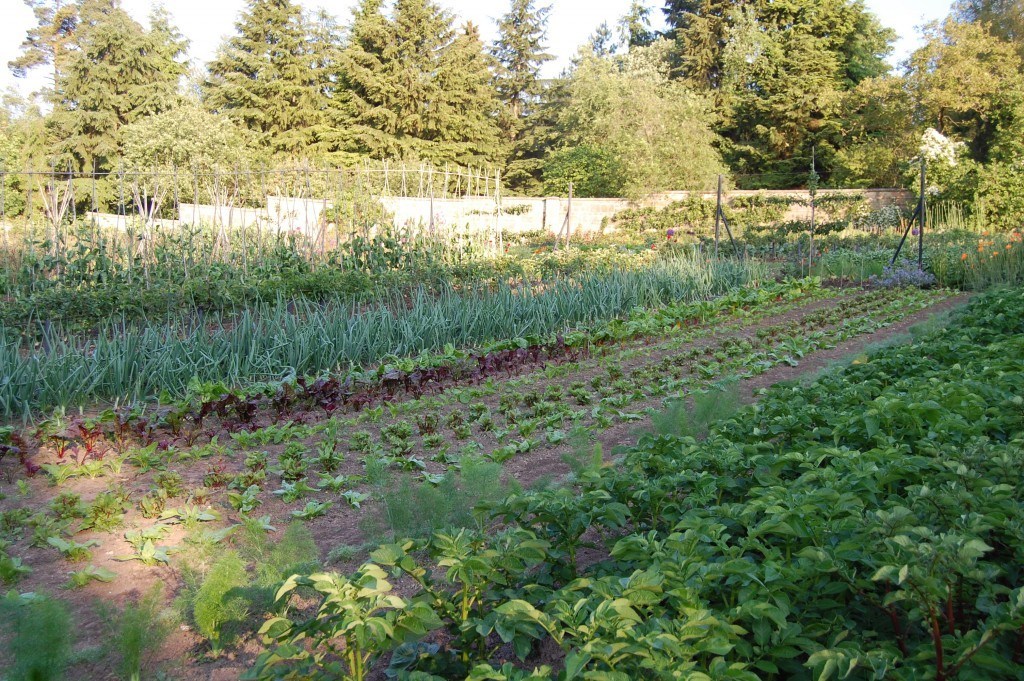
For more pictures of the garden, see the Gravetye Gardener’s Journal.
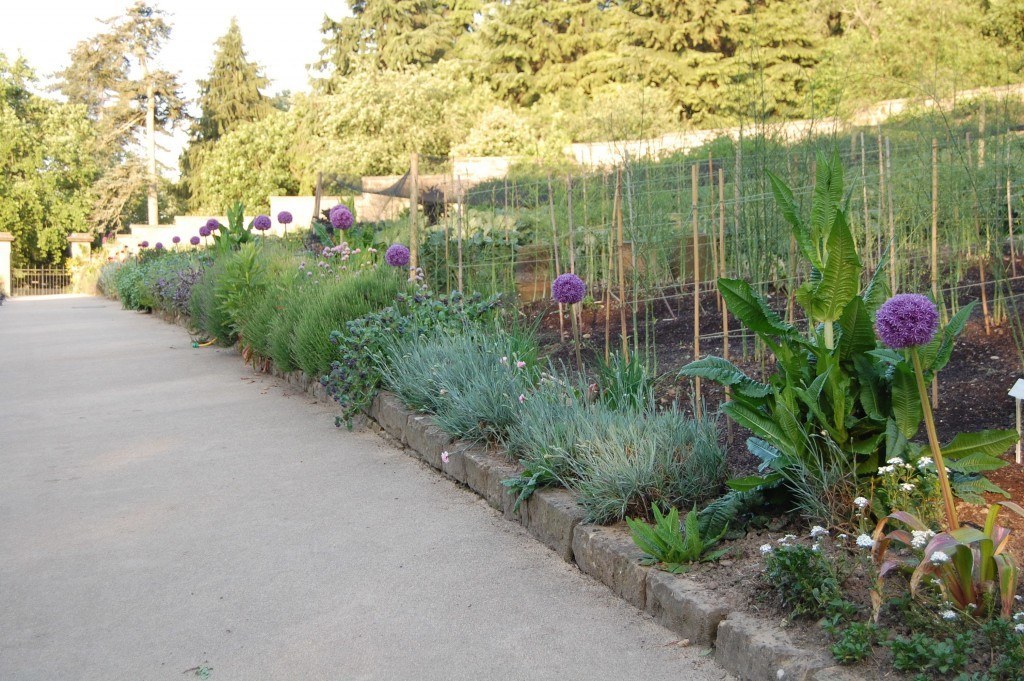
Early spring vegetable planting is just around the corner. Until then, get out those seed catalogues!
[custom-related-posts title=”Related Posts” none_text=”None found” order_by=”title” order=”ASC”]



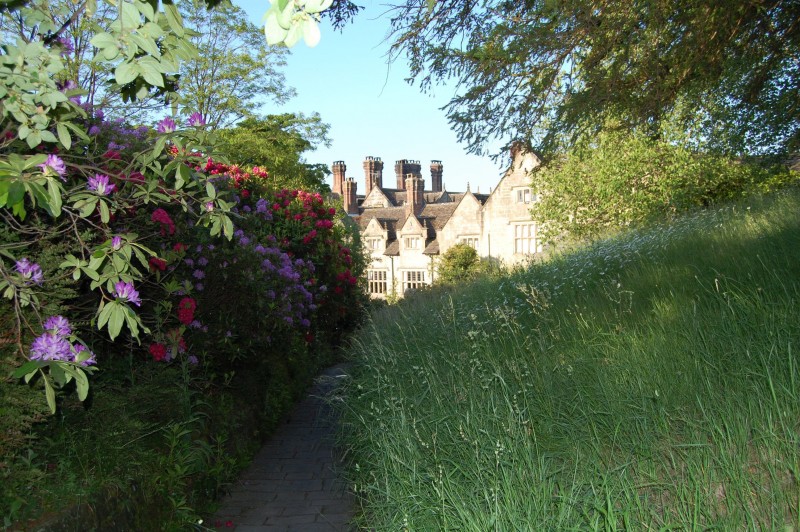 In 1884, William Robinson began a decades-long journey to put his revolutionary landscape philosophy into practice at Gravetye Manor in England’s lush Sussex County. When he began his work, the vast grounds of the manor house, built in 1598 by Richard Infield, had been used primarily for livestock grazing. Vast woodlands made up much of the remainder of the estate.
In 1884, William Robinson began a decades-long journey to put his revolutionary landscape philosophy into practice at Gravetye Manor in England’s lush Sussex County. When he began his work, the vast grounds of the manor house, built in 1598 by Richard Infield, had been used primarily for livestock grazing. Vast woodlands made up much of the remainder of the estate.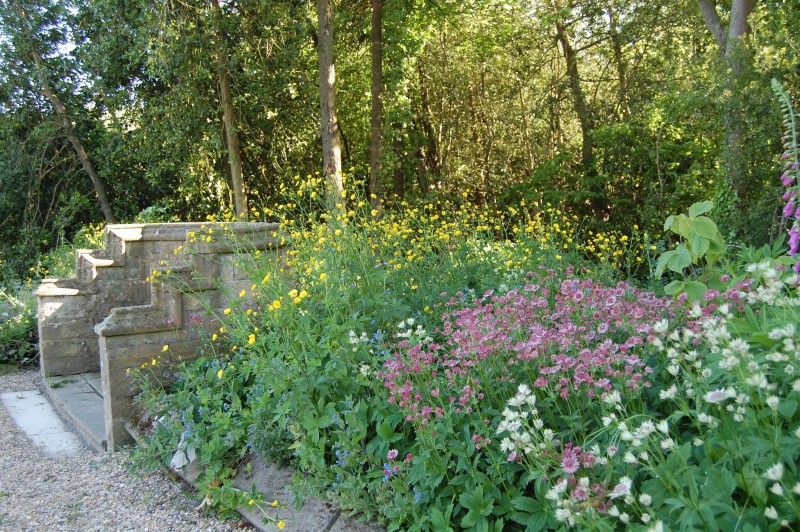
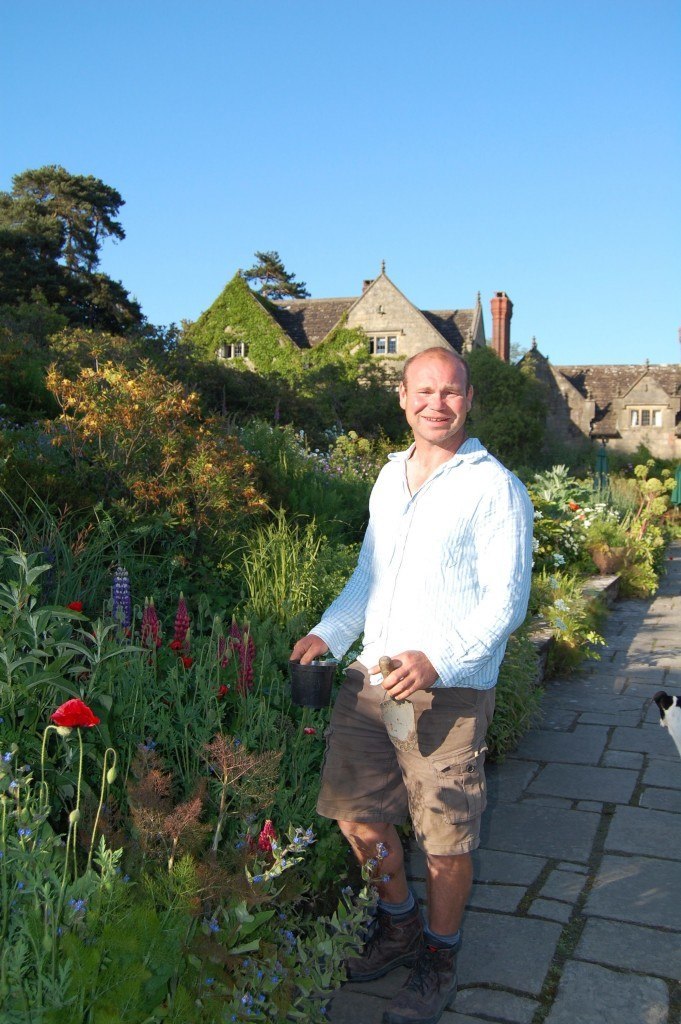
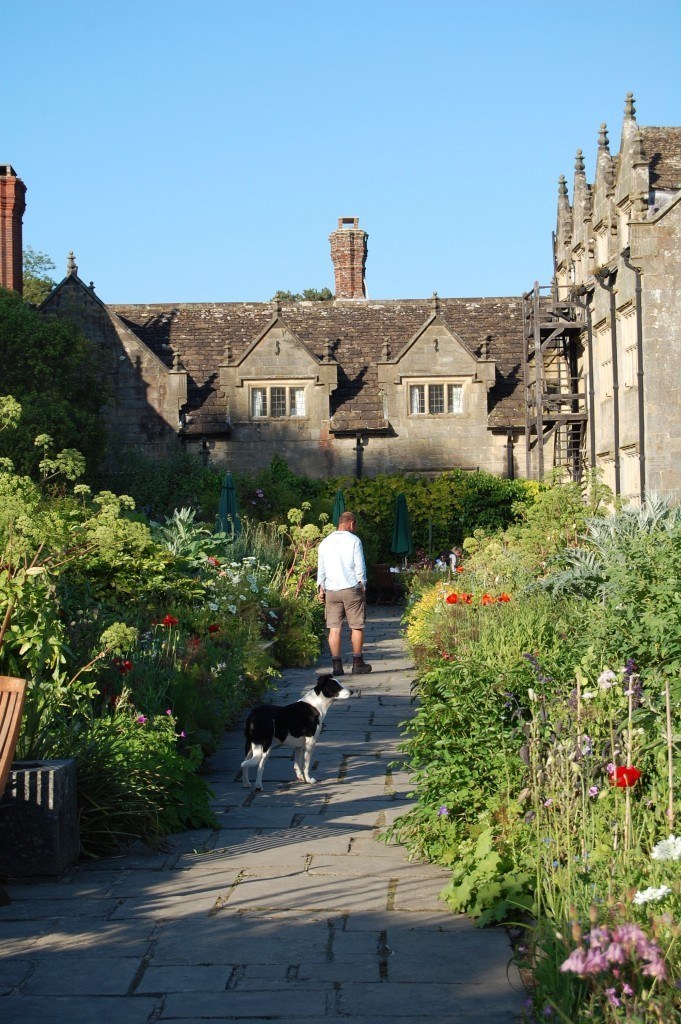
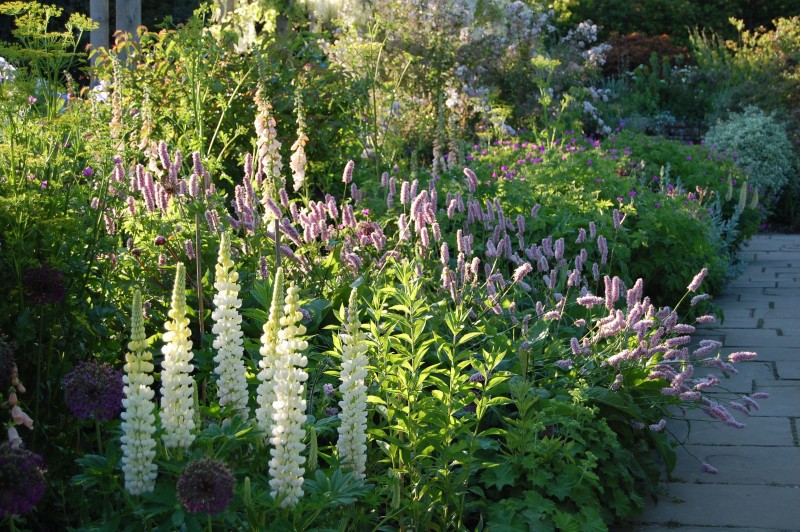
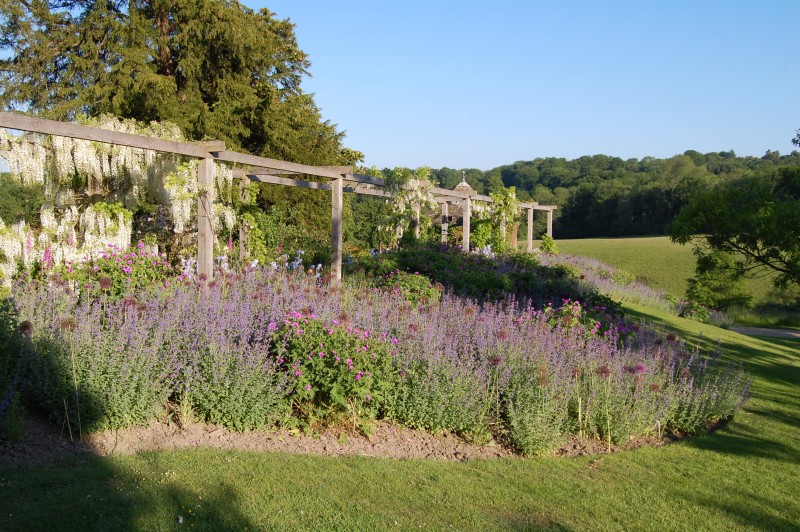
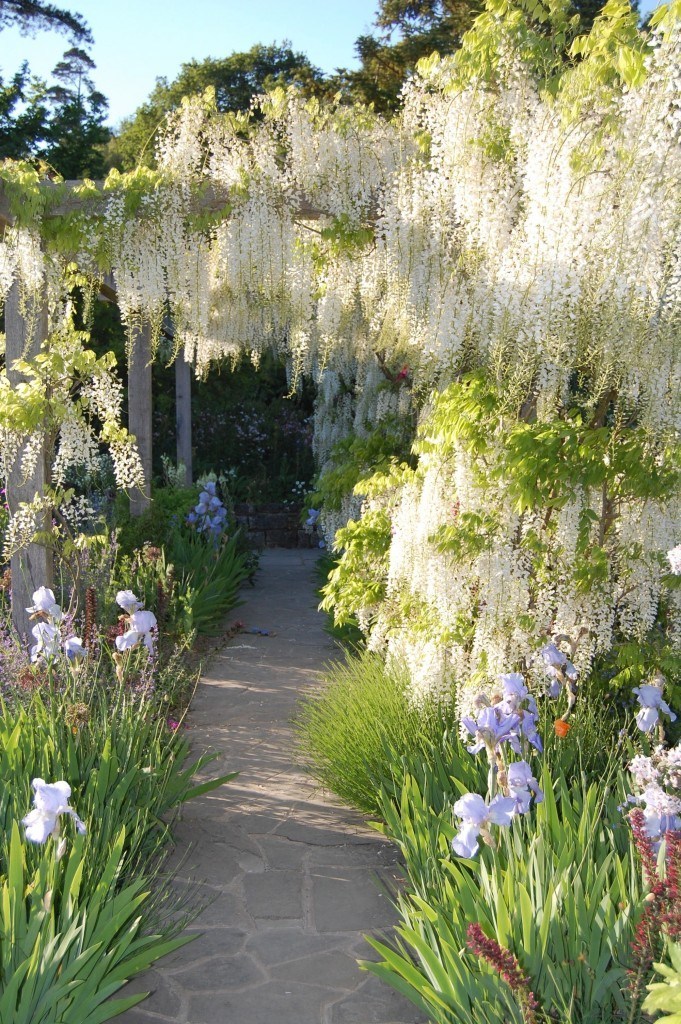
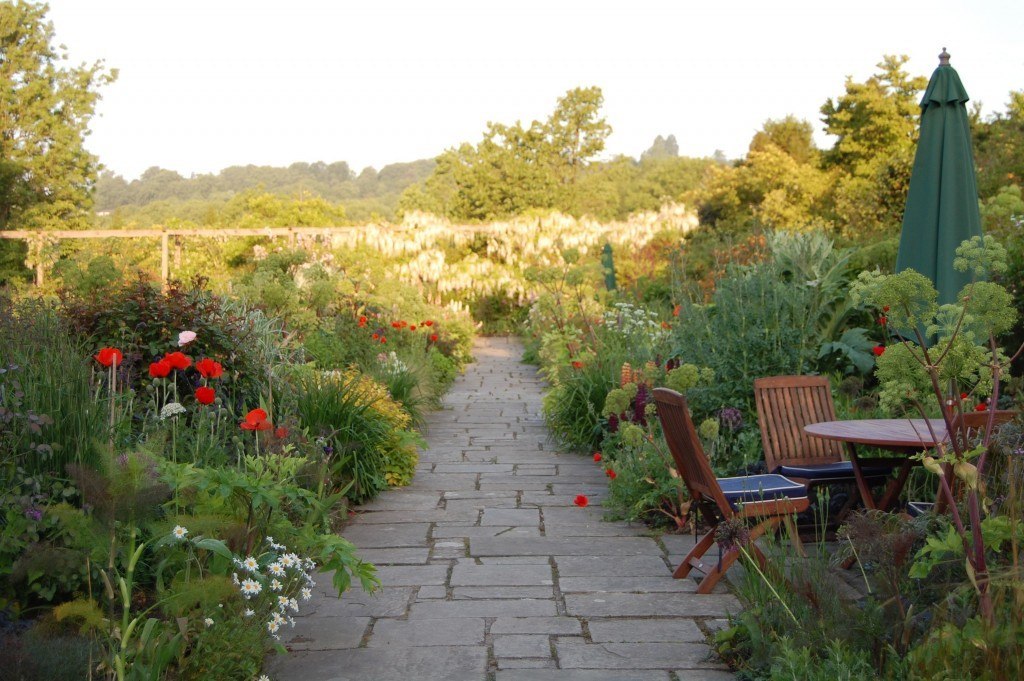
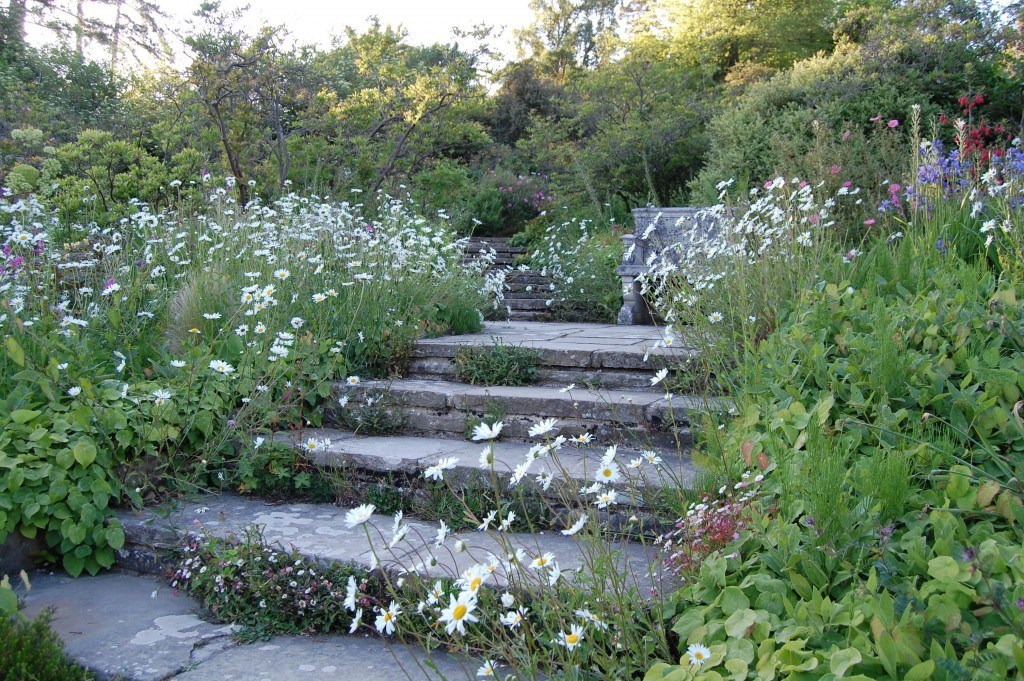
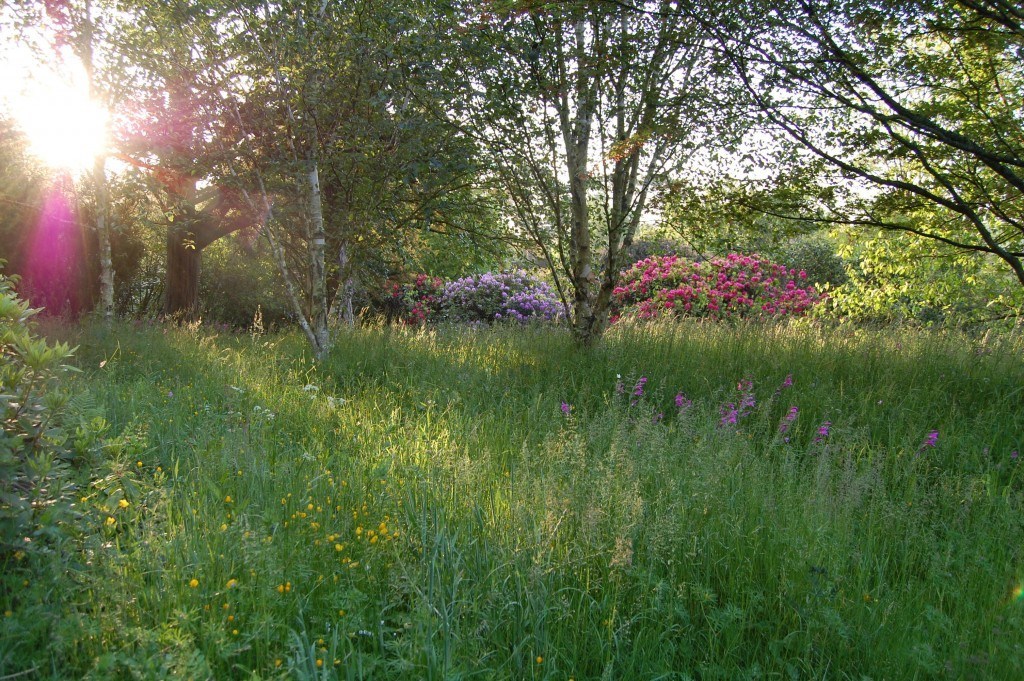
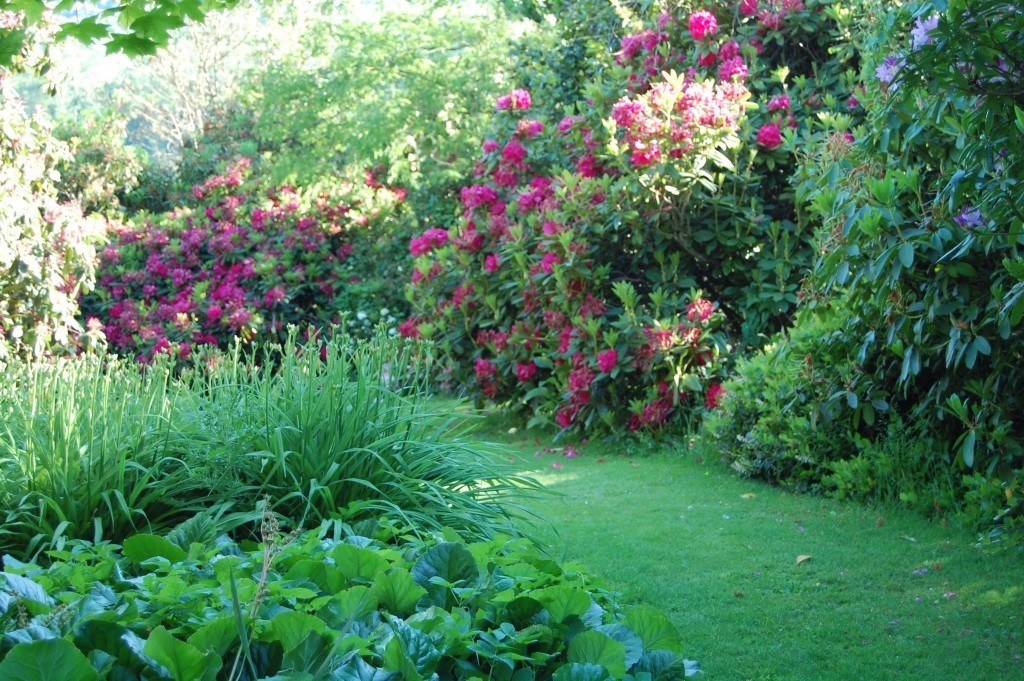
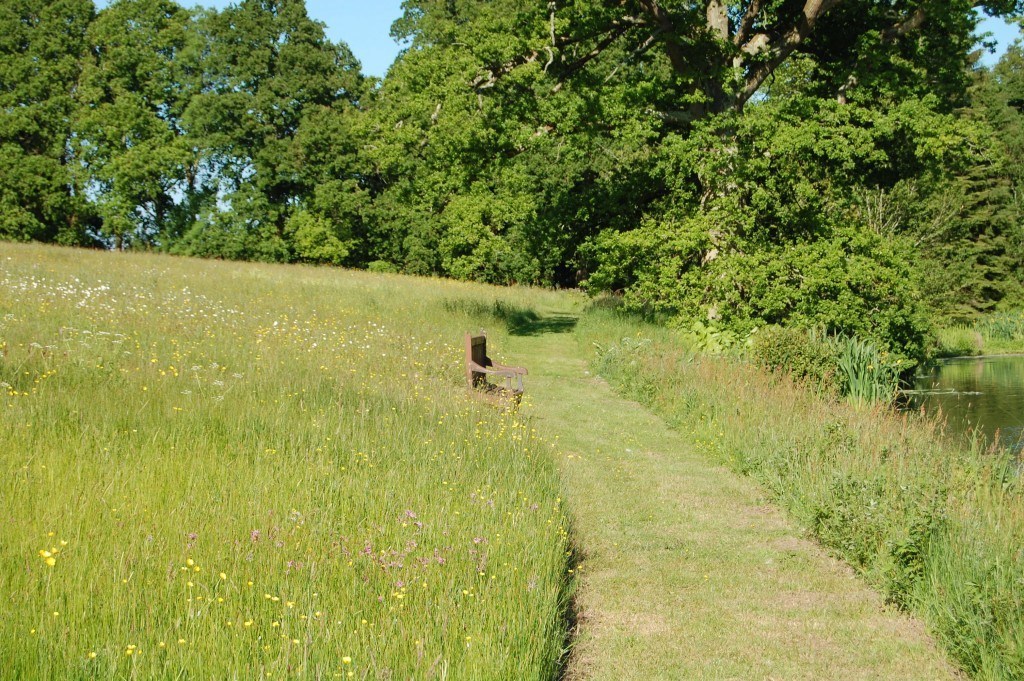 The meadows at Gravetye Manor are spectacular (above and below). Robinson was also a pioneer in replacing mowed turf with wild meadows, and in naturalizing bulbs. When I arrived, the spring bulbs had faded, and the summer wildflowers were in their glory.
The meadows at Gravetye Manor are spectacular (above and below). Robinson was also a pioneer in replacing mowed turf with wild meadows, and in naturalizing bulbs. When I arrived, the spring bulbs had faded, and the summer wildflowers were in their glory.